100 years ago: A fight for voting rights
This is Women's History Month, and today -- International Women's Day -- marks the achievements of women. The fight for equality has been a long slog. And this year marks the 100th anniversary of a dark period in the U.S. women's suffrage movement.
In 1917, suffragettes picketed outside the White House, demanding the right to vote. President Woodrow Wilson did not support their efforts. Even so, he tipped his hat as he was driven by them, according to the Library of Congress.
But things got nasty in April of that year, when the U.S. declared war on Germany. Instead of backing down, the suffragettes, standing sentinel in front of the White House, hoisted angry signs, some calling the president, "Kaiser Wilson."
Between June and November of that year, 218 protesters were arrested for "obstructing sidewalk traffic," outside the White House, according to the Library of Congress. Some went to jail. Among them, Alice Paul, leader of the National Woman's Party, was sent to the Occoquan Workhouse, a prison in Virginia. Paul staged a hunger strike and was force fed.
Then, on Nov. 15, 1917, prison guards brutally attacked 33 suffragettes who were at the workhouse for their part in the nonviolent protest. This is known as the "Night of Terror."
A public outcry followed. President Wilson "reversed his position and announced his support for a suffrage amendment, calling it a 'war measure,'" recounts the Alice Paul Institute website.
The 19th Amendment, giving women the right to vote, was approved by Congress in 1919 and ratified in 1920. These photos, from the Library of Congress, tell the story:
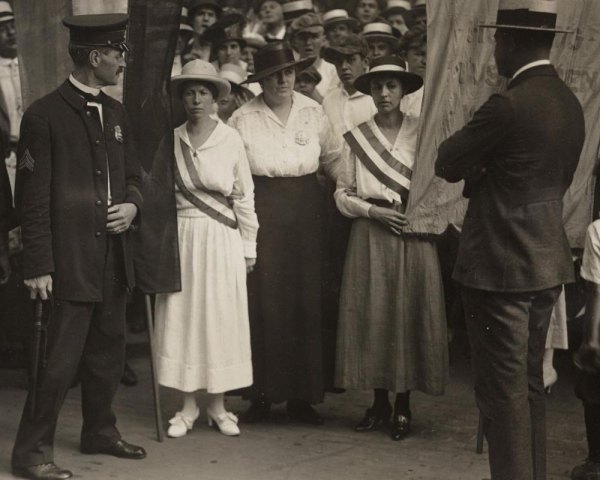 In this image from 1917, suffragettes Catherine Flanagan (left) and Madeleine Watson (right) are arrested for picketing at the White House.
In this image from 1917, suffragettes Catherine Flanagan (left) and Madeleine Watson (right) are arrested for picketing at the White House.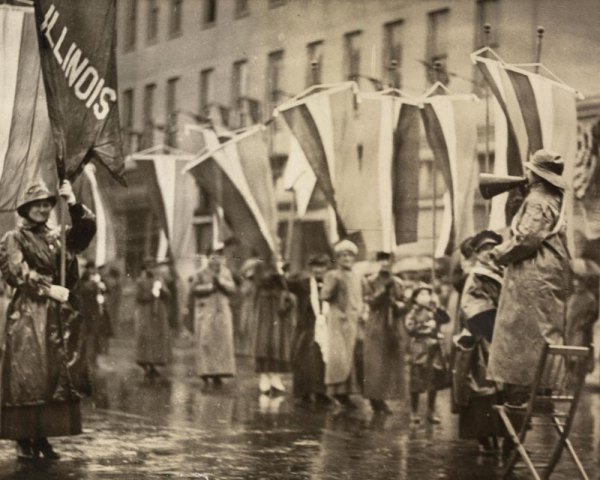 Suffragettes protest before Woodrow Wilson's second inauguration, March 1917.
Suffragettes protest before Woodrow Wilson's second inauguration, March 1917.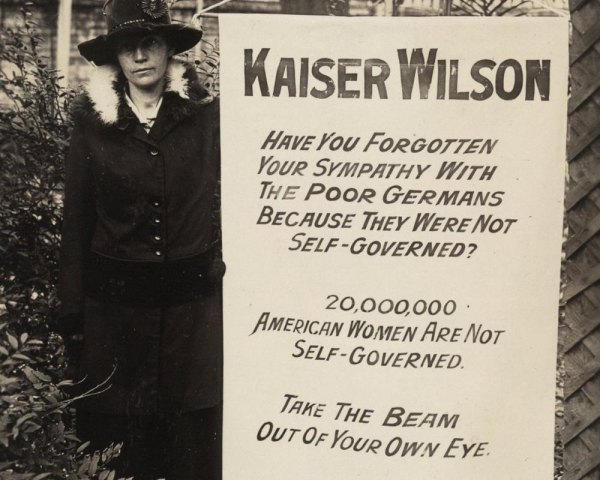 The "Kaiser Wilson" sign -- a direct reference to Kaiser Wilhelm of Germany -- is held by a suffragette identified as Virginia Arnold. Eventually, President Wilson backed suffrage.
The "Kaiser Wilson" sign -- a direct reference to Kaiser Wilhelm of Germany -- is held by a suffragette identified as Virginia Arnold. Eventually, President Wilson backed suffrage.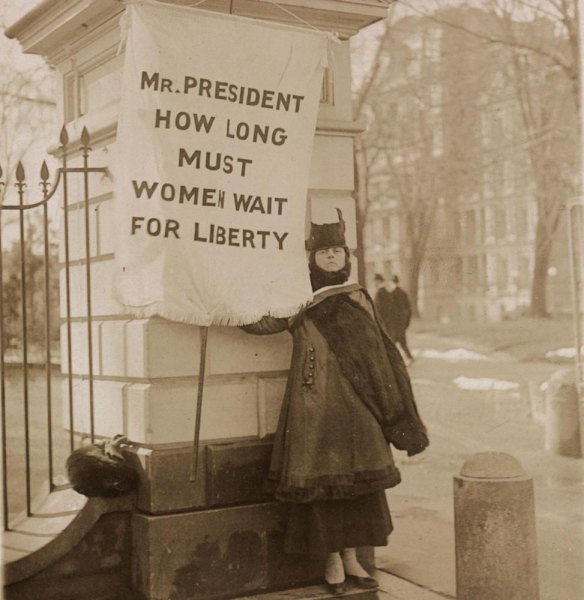 The suffragette Alison Turnbull Hopkins makes her stand outside of the White House.
The suffragette Alison Turnbull Hopkins makes her stand outside of the White House.- Suffragette Mary Winsor would eventually be sentenced to 60 days in a Virginia workhouse for picketing.
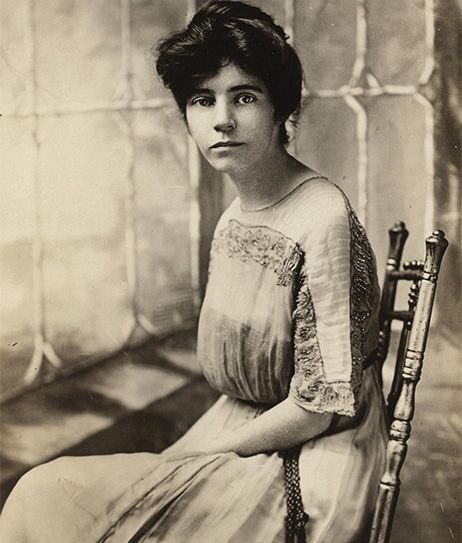 Alice Paul was willing to go to jail to win the right to vote.
Alice Paul was willing to go to jail to win the right to vote.

